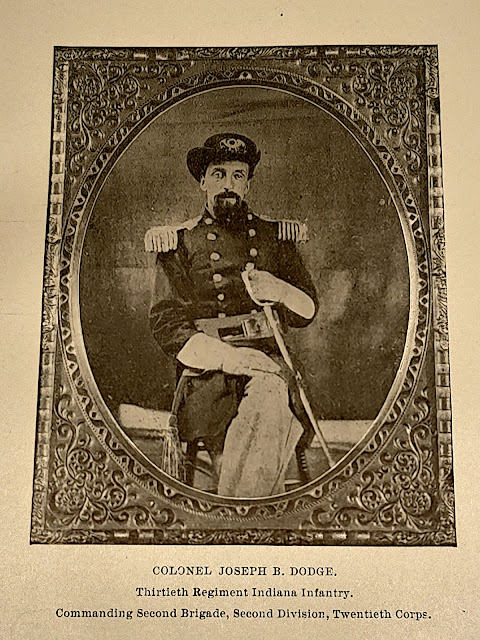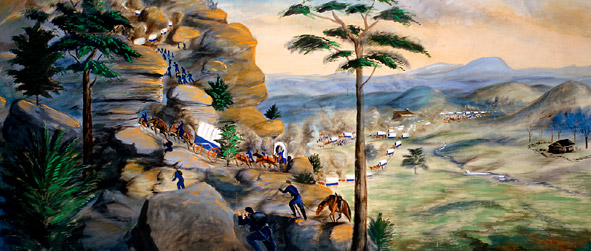A Librarian's First Battle: At Mill Springs with the 2nd Minnesota

Samuel Pearce Jennison was working as the state librarian of Minnesota in the spring of 1861 when the Civil War began. At the call to arms, he joined the 2nd Minnesota Volunteer Infantry and was commissioned as regimental adjutant reporting to Colonel Horatio P. Van Cleve. The regiment joined the Army of the Ohio in Kentucky in October 1861 and first smelled powder on January 19, 1862 at the Battle of Mill Springs. After hurriedly being called into line that morning, the 2nd Minnesota marched to the front. " We got down about three quarters of a mile and formed in line of battle," the former librarian wrote. "While standing in that position, three cannon shots were fired over the line and struck a few rods from us. That showed the fellows were in earnest, previous to which I supposed it was only a feint to alarm us." The Minnesotans approached the line being held by the 10th Indiana and 4th Kentucky intended to relieve them, but when those two re...






